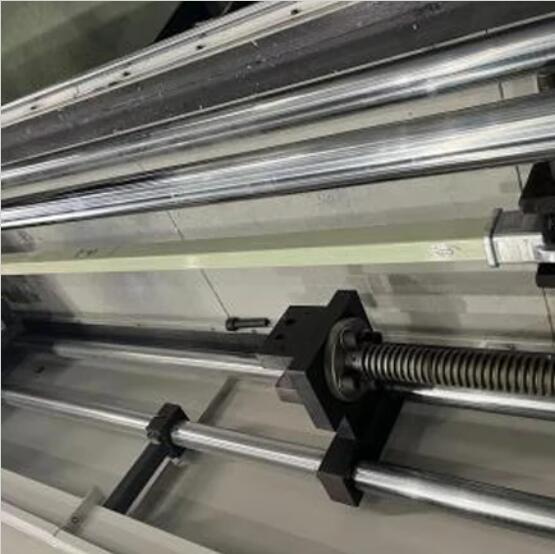Powering Progress: Industries and Applications Thriving with Fiberglass Composite Crossarms
2023-11-27
Introduction:
The versatility and resilience of fiberglass composite crossarms have propelled them to the forefront of modern utility construction. From power distribution to telecommunications, these innovative components are reshaping the landscape of infrastructure. In this blog, we'll explore the specific applications and industries that benefit the most from the use of fiberglass composite crossarms, highlighting their unique advantages and contributions to various sectors.
1. Power Distribution and Utility Infrastructure:
- Role: Fiberglass composite crossarms play a pivotal role in supporting power lines and distribution equipment.
- Benefits: Their exceptional strength, resistance to corrosion, and lightweight nature make them an ideal choice for utility poles and structures.
2. Renewable Energy Installations:
- Solar and Wind Farms: Fiberglass composite crossarms find application in renewable energy installations, providing reliable support for electrical components in solar and wind farms.
- Advantages: Their corrosion resistance is particularly advantageous in outdoor environments, contributing to the durability of renewable energy infrastructure.
3. Telecommunications:
- Telecom Towers: Fiberglass composite crossarms are utilized in telecommunications towers, serving as sturdy platforms for antennas and other equipment.
- Benefits: Their non-conductive properties make them ideal for supporting sensitive telecommunication devices, reducing the risk of interference.
4. Coastal and Marine Environments:
- Harbors and Coastal Installations: Fiberglass composite crossarms thrive in coastal and marine environments, where the corrosive effects of saltwater can be detrimental to traditional materials.
- Advantages: Their inherent resistance to corrosion makes them a durable choice for structures in close proximity to saltwater.
5. Railway Infrastructure:
- Electrified Rail Systems: Fiberglass composite crossarms are employed in electrified rail systems, providing support for overhead electrical lines.
- Advantages: Their non-conductive nature enhances safety, reducing the risk of electrical hazards near railway tracks.
6. Industrial Facilities:
- Chemical Plants and Factories: Fiberglass composite crossarms excel in industrial environments, offering corrosion resistance in the face of chemical exposure.
- Advantages: Their durability and resistance to environmental elements make them suitable for supporting electrical equipment in industrial settings.
7. Agriculture and Rural Electrification:
- Rural Power Distribution: Fiberglass composite crossarms are deployed in rural areas for power distribution to agricultural communities.
- Advantages: Their resistance to environmental factors and low-maintenance requirements contribute to reliable electricity supply in remote locations.
8. Emergency Services and Telecommunications Towers:
- Emergency Communication Towers: Fiberglass composite crossarms are utilized in emergency communication towers, providing a stable platform for essential equipment.
- Advantages: Their non-conductive properties enhance safety in emergency response situations.
Conclusion:
The applications of fiberglass composite crossarms span a diverse range of industries, each benefiting from the unique advantages these components bring to the table. Whether supporting power lines in utility infrastructure, enhancing safety in telecommunications towers, or contributing to the growth of renewable energy, fiberglass composite crossarms are proving to be a transformative solution. As technology and infrastructure needs evolve, the adaptability and resilience of fiberglass composite crossarms position them as a cornerstone of progress across various sectors, ensuring reliable and enduring performance in the face of diverse challenges.



